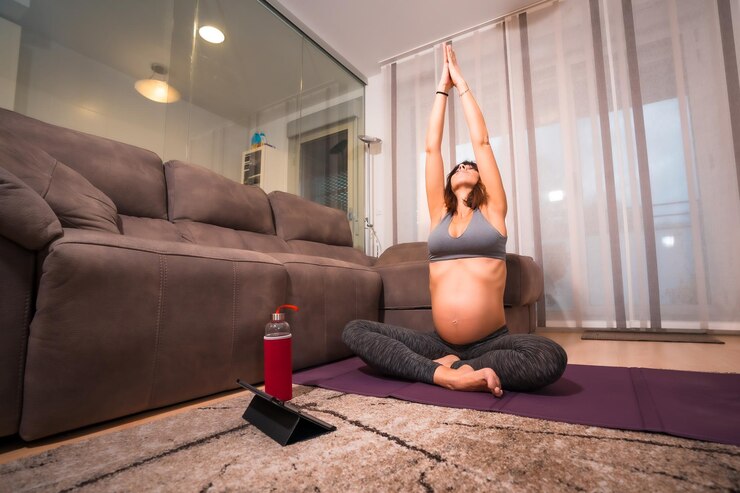Meditation
Meditation means letting go of our baggage, letting go of all the pre-rehearsed stories and inner-dialogue that we’ve grown so attached to
know more about Meditation.
When we meditate, we inject far-reaching and long-lasting benefits into our lives: We lower our stress levels, we get to know our pain, we connect better, we improve our focus, and we’re kinder to ourselves. Let us walk you through the basics in our new mindful guide on how to meditate.
Reasons to meditate

Reasons to meditate
Meditation Music
Reasons to Meditate

During meditation, you focus your attention and quiet the stream of jumbled thoughts that may be crowding your mind and causing stress. Meditation can instill a sense of calm, peace, and balance that can benefit your emotional well-being and overall health.

Mindful meditation involves bringing attention back to your breath every time you feel your mind wandering. In this way, you are helping strengthen the brain’s wiring for focus, and retraining your brain to concentrate better on the task at hand. Studies have shown meditation to have several different long-term effects on attention and concentration, including increased focused attention, improved attention span and improved accuracy in completing tasks.

If you notice pain, acknowledge it and any thoughts or emotions that accompany it, and gently breathe through it. See if by carefully observing the discomfort, you can help your body to relax. Don't expect the pain to abate; just watch it with a mindful but non-judging mind.
latest blogs
Meditation can wipe away the day’s stress, bringing with it inner peace. See how you can easily learn to practice meditation whenever you need it most.
Take a minute for YOU!
meditation music
Meditate now
Meditation at home
7 Steps How To Do Meditation at Home
Meditation is simpler (and harder) than most people think. Read these steps, make sure you’re somewhere where you can relax into this process, set a timer, and give it a shot:
1) Take a seat
Find place to sit that feels calm and quiet to you.
2) Set a time limit
If you’re just beginning, it can help to choose a short time, such as five or 10 minutes.
3) Notice your body
You can sit in a chair with your feet on the floor, you can sit loosely cross-legged, you can kneel—all are fine. Just make sure you are stable and in a position you can stay in for a while.
4) Feel your breath
Follow the sensation of your breath as it goes in and as it goes out.
5) Notice when your mind has wandered
Inevitably, your attention will leave the breath and wander to other places. When you get around to noticing that your mind has wandered—in a few seconds, a minute, five minutes—simply return your attention to the breath.
6) Be kind to your wandering mind
Don’t judge yourself or obsess over the content of the thoughts you find yourself lost in. Just come back.
7) Close with kindness
When you’re ready, gently lift your gaze (if your eyes are closed, open them). Take a moment and notice any sounds in the environment. Notice how your body feels right now. Notice your thoughts and emotions.
Why learn How to Meditate?
While meditation isn’t a cure-all, it can certainly provide some much-needed space in your life. Sometimes, that’s all we need to make better choices for ourselves, our families, and our communities. And the most important tools you can bring with you to your meditation practice are a little patience, some kindness for yourself, and a comfortable place to sit.
When we meditate, we inject far-reaching and long-lasting benefits into our lives. And bonus: you don’t need any extra gear or an expensive membership.


Why learn how to meditate




 Divine Namaskar
Divine Namaskar  I'm seeking PLR therapy. How can you assist me with this?
I'm seeking PLR therapy. How can you assist me with this?